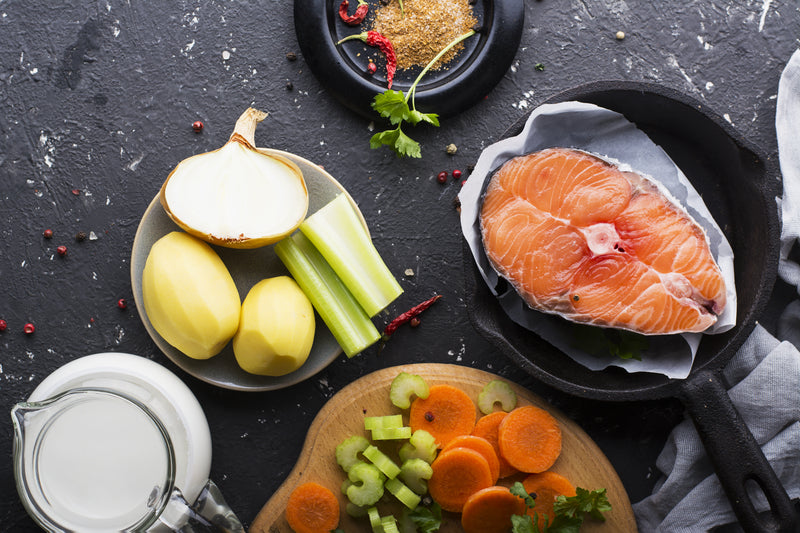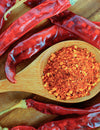
Healthy eating begins with leaving behind packaged, processed meals and learning about the abundant flavors and pleasures of fresh ingredients. It may seem daunting to cook from scratch, but once you learn a few tricks, you can make tasty meals that are quick and easy to prepare. Better still, you’ll know everything that goes into them so you never have to wonder.
Using Spices and Flavors
It’s a myth that eating healthy means eating bland, tasteless food. Even people trying to reduce their intake of salt can still enjoy tasty, delicious food by making wise use of the wide range of herbs, spices, and seasonings available.
In fact, some flavoring agents actually have health benefits. Garlic, for example, may reduce your risk of heart disease, cancer, and bone loss, according to Healthline. Turmeric is a natural anti-inflammatory and tastes great with vegetables, rice dishes, and soup.
How to Prepare Vegetables
Vegetables provide needed vitamins, nutrients, and fiber that can assist with many functions in your body, including your cardiovascular, digestive, and immune systems. To retain the most nutritive value, steaming vegetables is the best way to cook them, but any method that increases your intake can be beneficial.
According to Maccaro Pediatric Dentistry, some vegetables like carrots and celery can be better for you raw. In eating raw vegetables, you get the full benefit of the nutrition and vitamins plus more fiber than cooked vegetables. They can also be more filling, which assists with weight control. The crunchy texture of raw vegetables makes them fun to eat and good for your teeth.
Selecting Lean Proteins
Protein is an essential part of a healthy diet, but only when chosen wisely. Fish and skinless chicken or turkey are the healthiest meats because they are low in saturated fats. Lean cuts of red meat are fine for occasional consumption, but avoid high-fat meats such as ground beef.
There are also plenty of non-meat sources of protein that are low in fat. Beans and legumes, tofu, whole grains, nuts, and soy all contain high levels of protein. Starches, such as potatoes and rice, and vegetables, like corn and broccoli, are also good ways to get protein.
Learning to cook healthy meals can be an adventure if you keep an open mind and know what to look for. As you integrate healthy foods into your diet, you’ll find your dietary knowledge expanding. Soon you’ll feel confident in your ability to make flavorful meals with nutritious, fresh ingredients.
Check out this article on how to get better results when cooking your meals!







